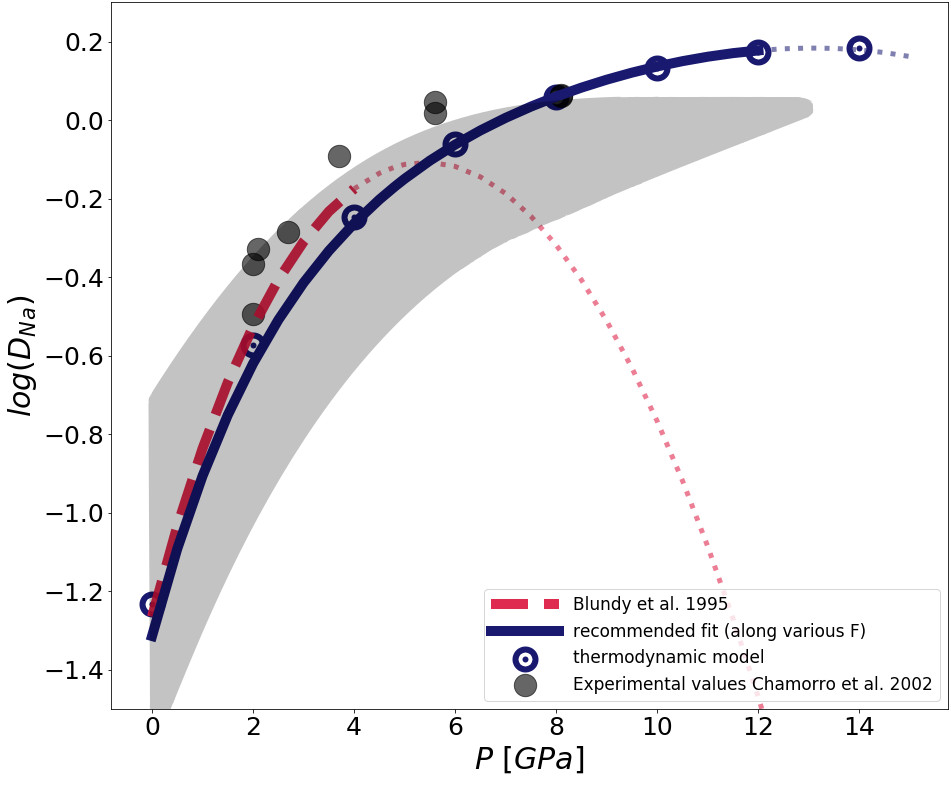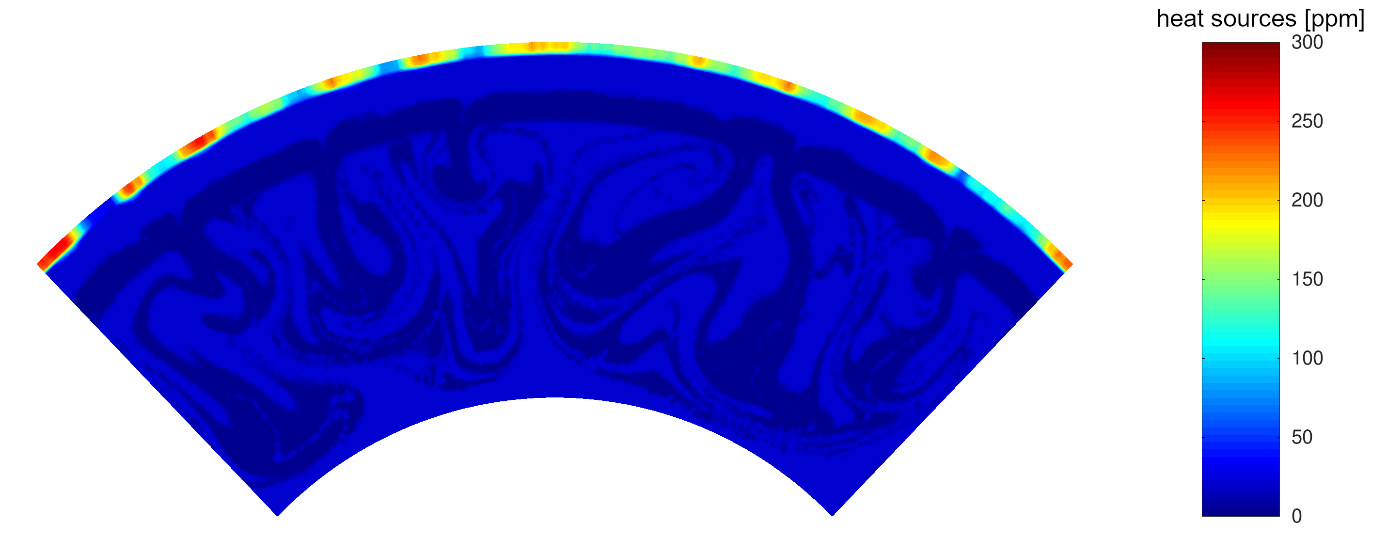Thermal evolution and redistribution of trace elements inside the mantles of Earth and Mars
- Freie Universität Berlin, Geological Sciences, Berlin, Germany (julia.schmidt@fu-berlin.de)
The thermal evolution of a planet is heavily dependent on the concentration of heat producing elements inside of its mantle. Since heat producing elements like 40K, 232Th, and 238U are incompatible in the solid mantle, melting processes trigger a redistribution of these elements from the solid towards the melt. Because the melt has a lower density than the surrounding material, it rises towards the surface and takes the incompatible trace elements with it. This causes the mantle to be depleted and the surface to be enriched with heat producing elements, which has a big impact on the overall thermal evolution of a terrestrial planet.
With the help of partition coefficients, the redistribution of trace elements can be calculated. In the past, mantle evolution models relied on fixed experimental data to model the redistribution of trace elements, but since partition coefficients are heavily dependent on pressure, temperature, and composition (Fig. 1), calculating them for each P-T-X condition would generate much more exact results. Previous partitioning models from Blundy et al. (1995) [1] were able to parameterize a partitioning model up to approximately 4 GPa, but for mantle evolution models a partitioning model up to 12 GPa would be preferable. This is why, based on Blundy et al. (1995) [1], we created a new parameterization for sodium partitioning which is applicable between 4-12 GPa [2]. Based on Blundy et al. (2003) [3], we based a broader approach for trace element partitioning between clinopyroxene/melt on the sodium partitioning model. By inserting the partition coefficient calculations into a mantle evolution model (Fig. 2), it is now possible to trace the redistribution of heat producing elements based on pressure, temperature, and melt composition. With this, we are now able to model the thermal evolution (or more specifically the cooling) of the mantles and crust formation of Earth and Mars in much more detail than before.

Fig. 1: The clinopyroxene/melt partition coefficient of Na parameterized to higher pressures. With increasing pressures, partition coefficients increase (see experimental data [4] (dots and shaded area). The model of Blundy et al. 1995 is applicable up to 4 GPa, while our model works best from 4 – 12 GPa (Schmidt and Noack, submitted).

Fig. 2: Redistributed amount of the joint heat sources 40K, 232Th, and 238U on Mars after 600 Myrs.
[1] Blundy, J.D., Falloon, T.J., Wood, B.J., and Dalton, J.A. (1995), J. Geophys. Res., 100, 15501-15515.
[2] Schmidt, J., Lena, N. (2021), IARIA, (submitted)
[3] Blundy, J.D. and Wood, B.J. (2003), RiMG, 52 (1), 59–123.
[4] Chamorro, E., Brooker, R., Wartho, J.-A., Wood, B., Kelley, S., Blundy, J. (2002), Geochimica et Cosmochimica Acta, 66 (3), 507-519.
How to cite: Schmidt, J. and Noack, L.: Thermal evolution and redistribution of trace elements inside the mantles of Earth and Mars, European Planetary Science Congress 2021, online, 13–24 Sep 2021, EPSC2021-757, https://doi.org/10.5194/epsc2021-757, 2021.

